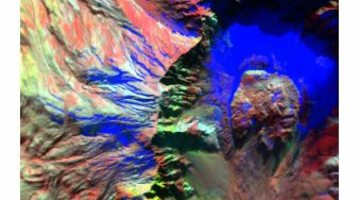All the volcanoes in New Zealand are monitored for activity so that scientists can determine when the next eruption might be. Dr Jan Lindsay introduces us to the monitoring system and how it works.
Transcript
DR JAN LINDSAY
So GeoNet are responsible for monitoring all of the volcanoes, all of the tectonic activity in New Zealand and also tsunamis. They have a network of instruments across the whole of the country to do this.
In terms of volcanic activity, there are three main methods. There is seismic monitoring, there is gas and thermal monitoring and ground deformation monitoring. Often it’s very difficult to tell the difference between a volcanic earthquake and a tectonic earthquake. Tectonic activity and magma rising through rocks can produce the same sort of earthquake.
However, as the magma chamber evolves and is moving up to the surface, there is a different type of volcanic earthquake that is generated, and that is to do with pressure building up within the magma chamber, and there is gases being released. And that sort of activity produces a different type of earthquake. So when that happens, we are actually pretty convinced it is related to volcanic activity.
Acknowledgement:
GeoNet




